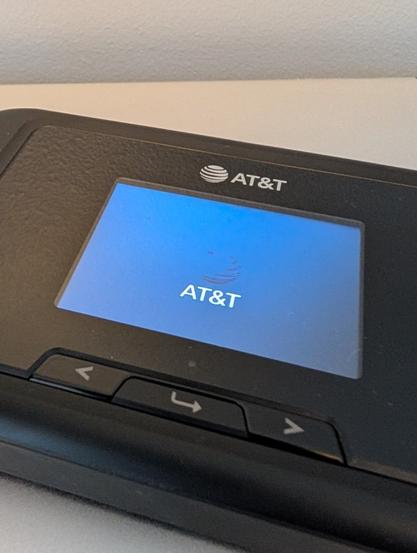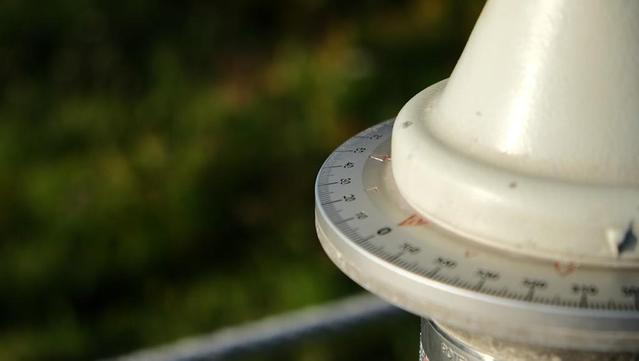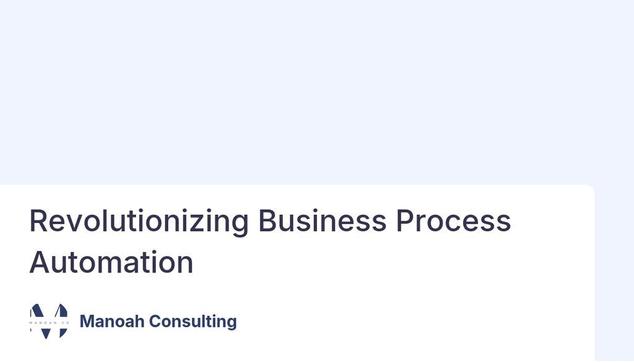This phone call could have been a form on a site
My research for the latest update to Wirecutter’s guide to WiFi hotspots technically concluded in December, but this week treated me to an annoying but useful sequel to that work: canceling service on the AT&T hotspot I’d bought (with later reimbursement) after my editors and I got tired of trying to pry a loaner hotspot out of the PR departments of that carrier or the hotspot vendor Franklin Wireless.
I should have known that AT&T’s site wouldn’t let me end service on the hotspot. I should have known that calling to accomplish this task would take longer than I’d predict or like. I should have known it would take more than one call. And yet…
I gave myself a few days to recover from CES to try to get this over with, then called 800-331-0500 (saved you a search!), entered my account number and PIN as asked by the IVR system, and was greeted with a suggestion that I request a callback instead of staying on hold.
Fine, I thought, even if that meant I’d have to pay attention to the next incoming call instead of letting it go to voicemail. The call back came at about the predicted time, I told the rep my name and account number, she said she was going to verify my account–as in, the thing that AT&T’s site does when I log into my account–and then silence ensued. After 10 minutes, I gave up and decided to try again later that evening.
My second call led to the same automated gatekeeping–say my account number, enter my PIN, etc. (FYI: If you don’t remember your PIN, AT&T will text a temporary one to you, which is not such a great experience when the wireless device in question is a hotspot that may require you to log into its admin page in the browser of a tethered device to see that message.) This time, I decided to stay on hold to see how long I might wait to have a human rep pick up.
Forty-two minutes later, one did. After she asked for my account details like the previous rep, we got stuck in a loop when she asked for my number to confirm my account. I thought she meant the contact phone number saved in my account, but she was looking for the phone number of the hotspot. That’s a meaningless data point for that category of device, but I can see a wireless carrier assuming that a customer will have a phone with a number they can recite from memory.
Six minutes later, we had that squared away–but not the canceling-service part. The rep had to check something else that wasn’t clear to me, four minutes of silence ensued, and then she returned to ask if I had any other accounts with AT&T. After I said no, she said she was escalating my request–as if I was making an unusual demand instead of trying to conduct a routine business transaction.
As politely as I could, I told the rep that we could skip the customer-retention part because I had only bought the hotspot for a work project that was now done, and that she had zero chance at selling me on anything else. She informed me that canceling service would result in my account being closed; I said that would be fine. A few more minutes of back-and-forth later, she said she had processed my request.
Time elapsed for that call: 1:02:37. That’s an absurd waste of time to inflict a customer experience that will only make the customers in question want to avoid the company in question from now on. And it is not inevitable, because streaming video services make pausing or canceling service a simple online process.
I’m left with two questions. One is whether AT&T is actually no worse than other wireless carriers–have I only managed to avoid similiar experiences by not having switched wireless carriers on my own dime since 2013? The other is whether my AT&T hotspot line actually is closed after all that phone time. As in, since I have yet to get an e-mail confirmation of that and see no indication of it when I log into my account, will I need to visit an AT&T store to drive a stake through the heart of this account?
#ATT #CRM #customerExperience #customerRelationshipManagement #customerRetention #cx #hotspot #onHold #WiFiHotspot #Wirecutter
















